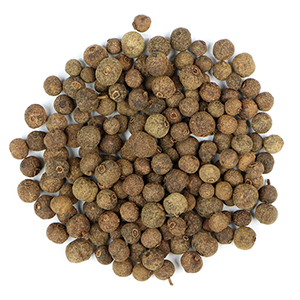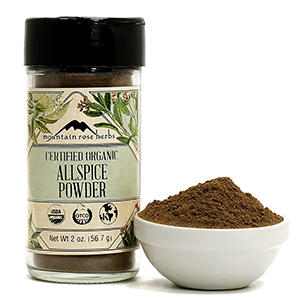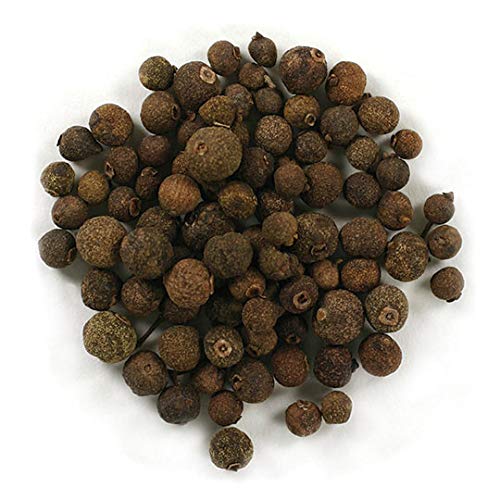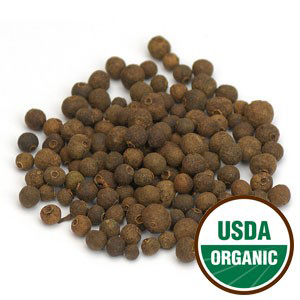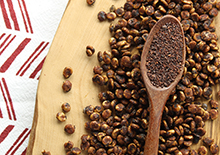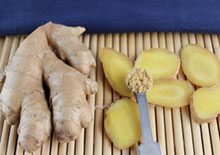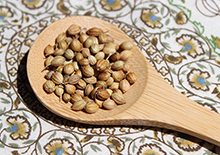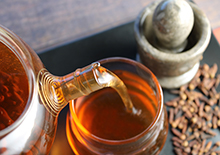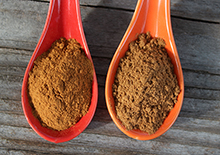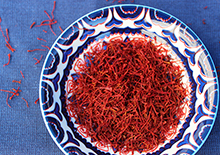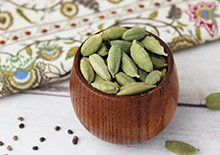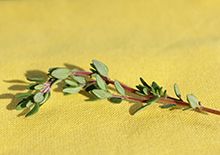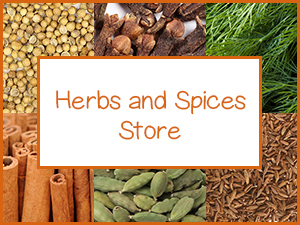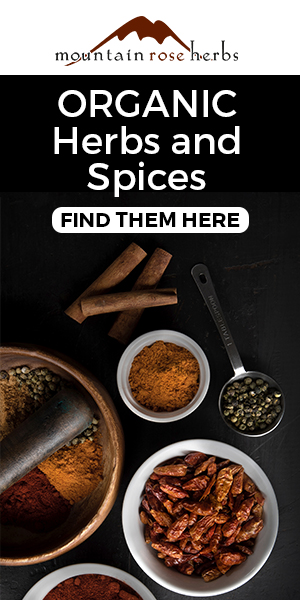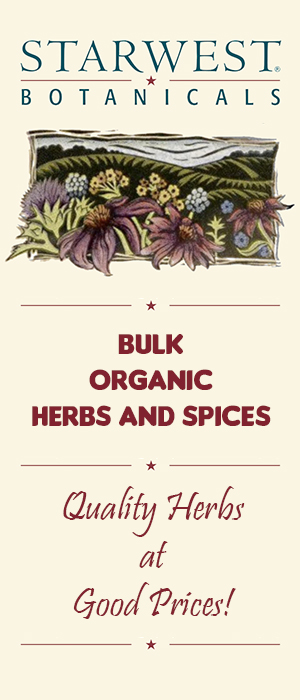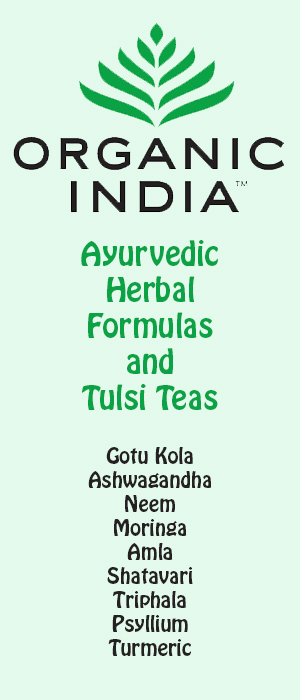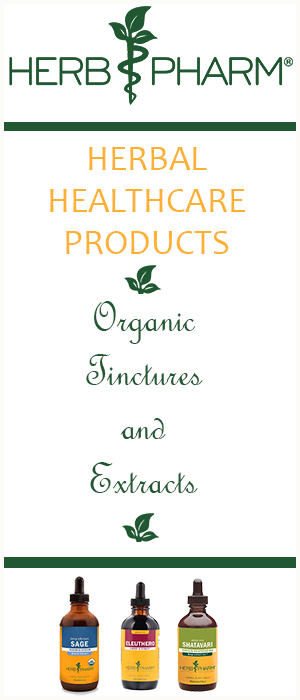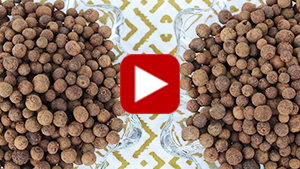- Home
- Herbs and Spices
- What is Allspice?
What is Allspice? 7 Things About Allspice and Its Cultural Uses
What is Allspice? | Name | Like Peppercorns | Caribbean Cooking | Allspice Harvesting | Common Cultural Uses | Folk Traditions | Precautions | Shop
1) What is Allspice?
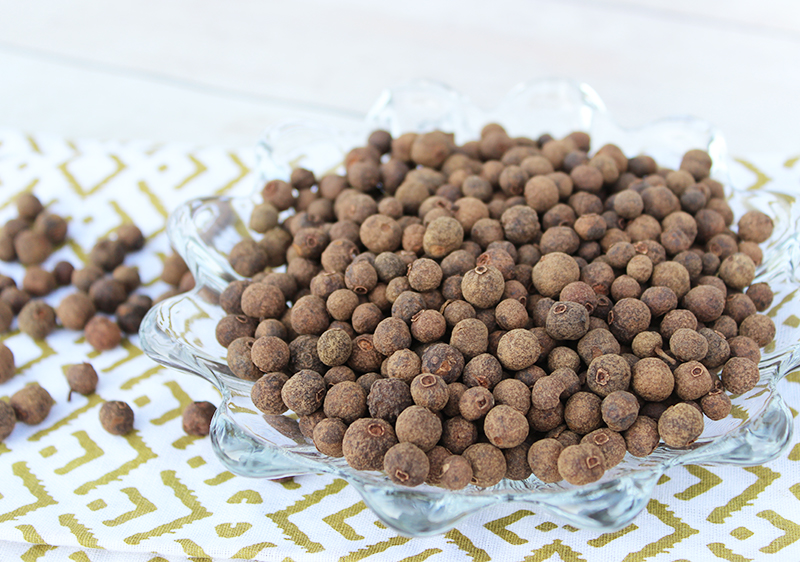
What is allspice? Allspice, despite its name, is not a blend of herbs but is a unique spice all on its own.
Typically found growing in the same tropical climate zone as coffee, it is actually a type of berry that comes from the evergreen shrub or tree species Pimenta dioica. It is native to the Caribbean and regions of Southern Mexico and Central America.
2) Why It's Called "All" Spice
Table of Contents
What is Allspice? | Name | Like Peppercorns | Caribbean Cooking | Allspice Harvesting | Common Cultural Uses | Folk Traditions | Precautions | Shop
The spice got its English name "allspice" in the 1600s due to its special combination of tastes that closely resemble other spices especially cloves, nutmeg and cinnamon with subtle hints of juniper and black pepper.
This aspect has made it an "all in one" spice that's versatile in many different culinary and cultural recipes that are both sweet and/or savory. It can be used alongside other seasonings or can be used on its own to impart its broad flavor profile.

3) Allspice Berries are Like Peppercorns
Because of their similar look to peppercorns, they are often referred to as "Jamaican pepper", "pimento" or "pimenta", the Spanish word for peppercorn. They are, however, low on the spiciness scale, offering only a very mild warming quality.
Dried whole berries can range in size. Some are the size of peppercorns, whereas others are much larger also with a smoother texture. When cracked open, they contain two or three dark seeds. Like pepper, allspice is often utilized as a ground spice powder.
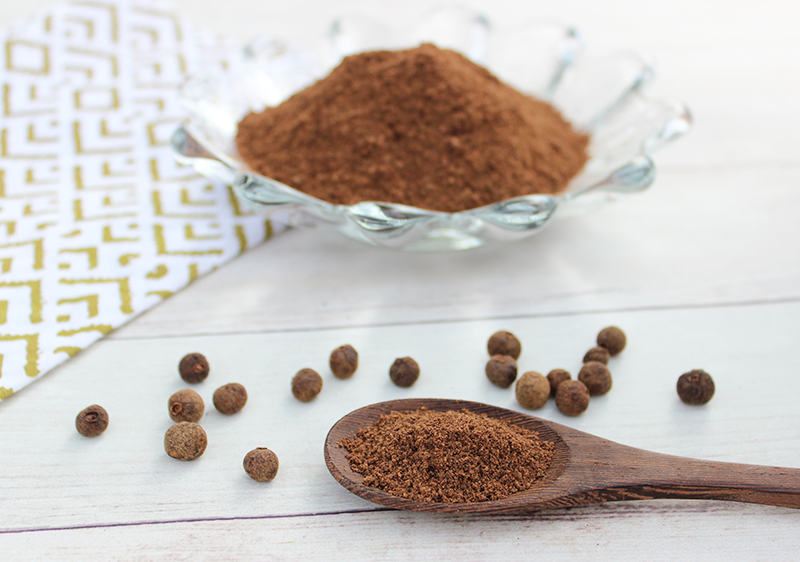
4) Allspice Use in Caribbean Cooking
Allspice is most famous for its use in Caribbean cuisine especially on the island of Jamaica. It is used in the type of dry rub known as Jamaican jerk seasoning. This traditionally consists of two primary ingredients: allspice and Scotch bonnet peppers, in addition to smaller amounts of other spices, salt and sugar.
Allspice is also commonly used to season Creole sausage and different seafood dishes. In the Caribbean, where allspice naturally grows, the leaves of the plant are used like bay leaves to add flavor to broths and stews. It in fact shares the same genus as West Indian bay leaf (Pimenta racemosa). Allspice tree wood is also utilized to grill foods.
5) Allspice Berry Harvesting
After the white-flowering stage, the plant quickly starts to grow bunches of round fruits. These berries are harvested when unripe and green. This is when they are most aromatic and full of flavor. The best quality allspice is slowly sun-dried after which the berries turn a reddish-brown color.
6) Allspice and Its Common Cultural Uses
There are several other popular ways allspice is applied around the world. In Mexico, it is common in molés, a type of Mexican sauce, as well as in stews like chili pozole. In Europe, it is frequently found as a mulling spice, in marinades, when pickling or fermenting foods and as an herbal spice in Swedish meatballs.
In the Middle East, it's used mostly in savory stews and to flavor meat in addition to tomato-based sauces. In regions of the Arabian Peninsula and Palestine, allspice is often respected as a solitary food flavoring all on its own.
In the U.S., it's especially popular when making sweet desserts and is a key pumpkin pie spice ingredient. Allspice is combined with cinnamon, cumin, cloves, nutmeg and chili powder in the well-known Cincinnati-style chili. It is also a typical spice used in ketchup.
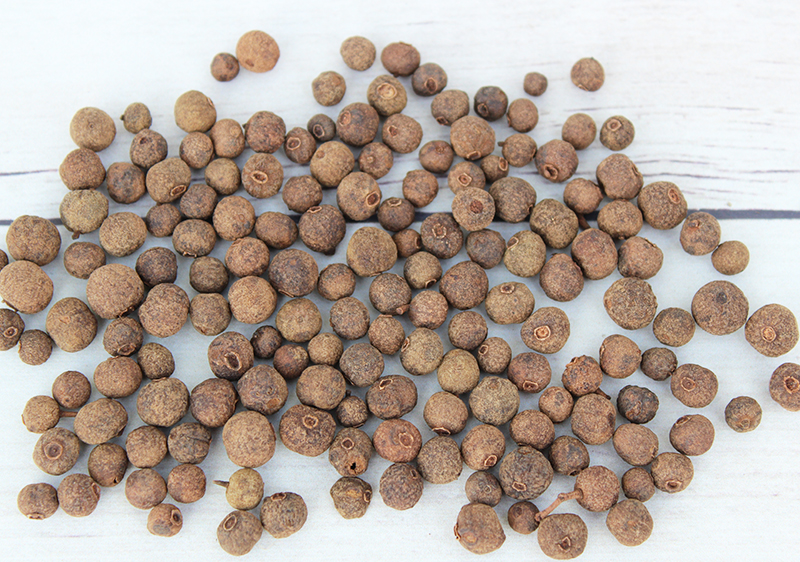
7) Allspice Use in Folk Traditions
The berries and allspice essential oil are high in anti-inflammatory and antimicrobial compounds, one of which is the main phenol known as EUGENOL. Also found to a significant degree in cloves, this is where allspice gets its prominent clove-like flavor. The oil, like clove oil, can offer a numbing sensation for toothaches.
From an herbal perspective, allspice is a carminative for things like indigestion (*) as well as an aromatic stimulant that may benefit respiratory congestion.
Like other herbs and spices, it can be prepared as a tea which, in some folk traditions, is used to ease menstrual cramps. According to the Modern Herbal, it is an herbal ingredient in spice plasters used topically for "neuralgic or rheumatic pains."
Precautions:
Consult your healthcare professional before adding large amounts of allspice as a food seasoning if you are pregnant, nursing, taking any medications or if you have a serious health condition.
Shop Related Products (About Affiliates & Amazon Associate Paid Links)
Affiliate Disclaimer: This section contains affiliate product links. If you make a purchase through our recommended links, we receive a small commission at no additional cost to you. Thanks for the support.

